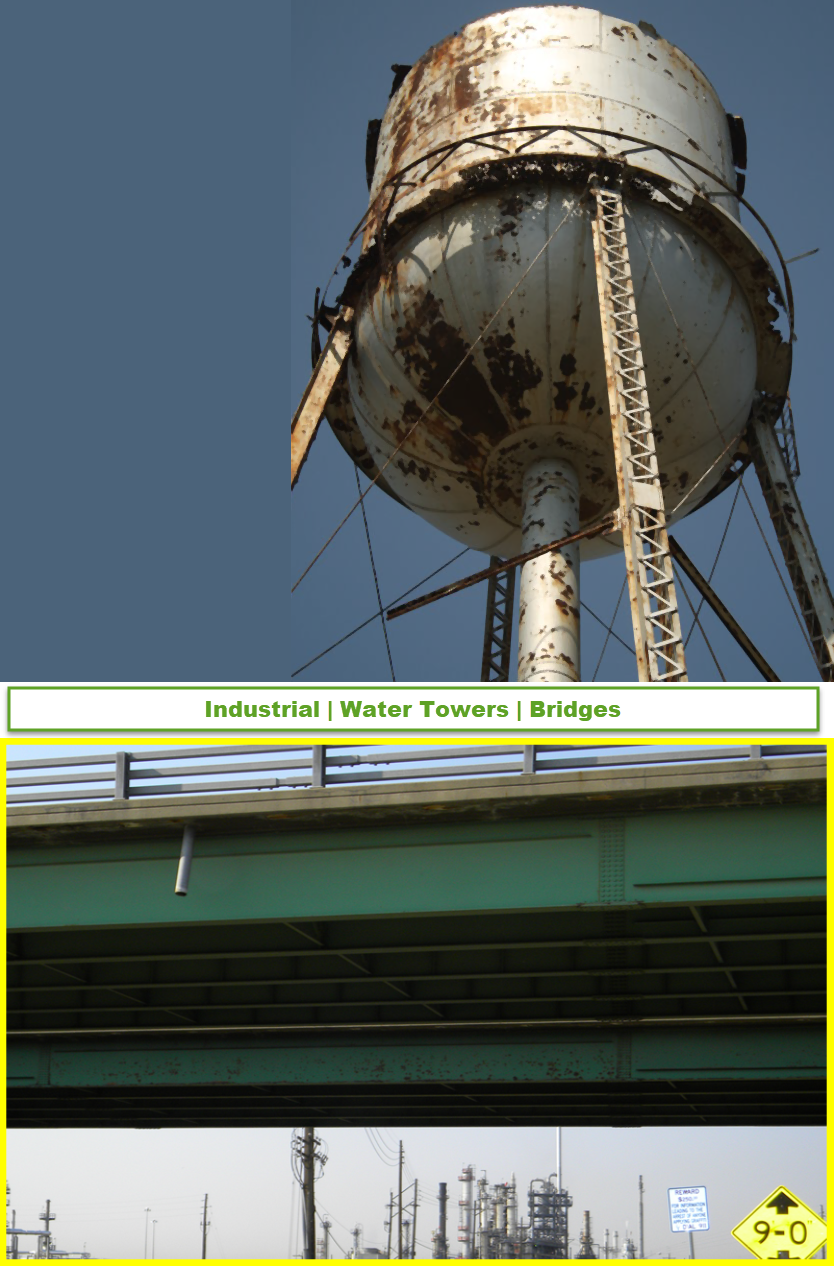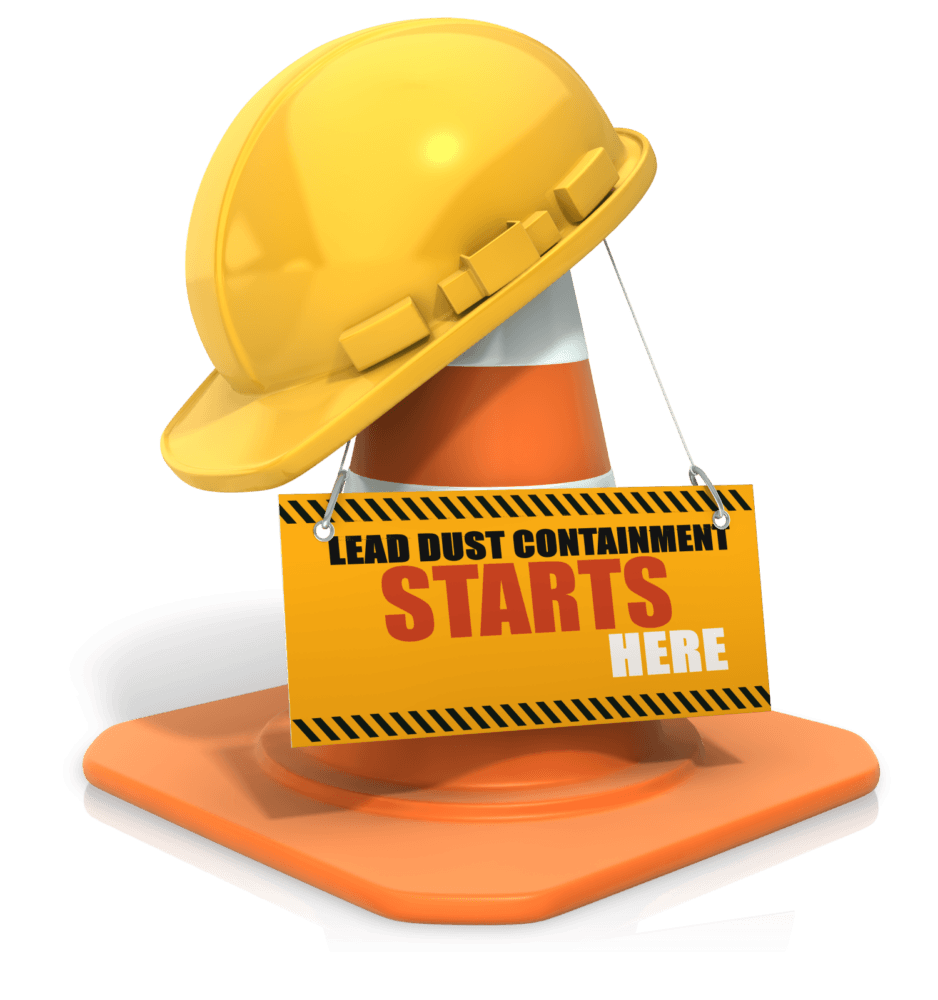Lead Contamination Expert, James M. Barthel, Announces Breakthrough Results of Independent Research Study Conducted by The University of Ohio on the Mitigation of Lead Hazards and Bio-Accessibility from Lead Based Paint.
new release April 2018
In June of 2017, Ecobond LBP, LLC (ECOBOND®) entered into an agreement with Dr. Nicholas Basta from Ohio State University (OSU) a National Leading expert regarding the dangers of lead in the environment. The purpose for this program was to allow for a rigorous independent University validation of the positive effects of ECOBOND® Lead Defender® (ELD) on lead dust and lead paint hazards found commonly throughout the USA and especially in high Urban population centers. Recently the World Health Organization (WHO) reported: “The Institute for Health Metrics and Evaluation (IHME) has estimated that, based on 2015 data, lead exposure accounted for 494,550 deaths and loss of 9.3 million Disability-Adjusted Life Years (DALYs) due to long-term effects on health.”
Dr. Nicholas Basta is a Professor of Soil and Environmental Chemistry at OSU. He is author of over 422 career publications; 111 of them in the last five years. He is on the Interstate Technology and Regulatory Council and the USDA CSREES Technical Committee. Internationally, he is also part of the Bioavailability Research Group of Europe, the Bioavailability Research Group of Canada, as well as on the International Committee for the International Conference on Biogeochemistry of Trace Elements.
Dr. Basta’s research program is focused on risk-based in-situ remediation of metal contaminated sites and development / application of lab methods to evaluate the ability of soil treatments to reduce exposure (bioavailability, mobility) (for the last 20y). The research program is internationally known for its development and application of inexpensive in vitro gastrointestinal methods that are acceptable to USEPA for evaluating bioavailability (human and eco) in contaminated soil.
Dr. Bastia’s ECOBOND® testing included following EPA test methods for:
- IVBA – In Vitro bio accessibility. This test is to simulate human ingestion
- TCLP - Toxicity Characteristic Leaching Procedure. This test is to test for hazardous material
- SPLP -Synthetic Precipitation Leaching Procedure. This test is to simulate affects from acid rain
- WEXT – a de-ionized water extraction test (WEXT). This test is to test for effects of water
Testing Parameters:
- The samples were tested for total lead using US EPA Method 6200. (Average 175,983 mg/kg)
- Bioavailability testing via EPA Method 1340, 9200.2-86 In Vitro Bioaccessibility (IVBA) with a modified pH of 2.5 (US EPA, 2008)
- The samples were then subjected to EPA SW-846 Test Method 1311 Toxicity Characteristic Leaching Procedure (TCLP, USEPA 2007b)
- EPA SW-846 Test Method 1312 Synthetic Precipitation Leaching Procedure (SPLP, USEPA 2007c)
- A de-ionized water extraction test (WEXT) using method 1312 with deionized water in place of the SPLP extractant.
The ECOBOND® treatment significantly reduced (B.) IVBA (86%), (C.) TCLP (98%), (D.) SPLP (99%), and (E.) WEXT (99%).
Conclusion: ECOBOND® Lead Defender® is a highly efficient, cost effective product for significantly reducing lead hazards through treatment as a primer, sealer or topcoat of a leave on application or waste disposal solution. The results of Dr. Bastia’s independent analysis are consistent with other independent studies and with results obtained daily from the over 10,000 customers who purchase and use ECOBOND® on a wide variety of uses everyday across the USA.
James M. Barthel, Creator of ECOBOND® Lead Defender® commented, “We are tremendously honored to have our lead paint treatment solution selected by Dr. Basta.
ECOBOND® is the premier provider of environmental products focused on protecting human health from the dangers of lead and receiving the results from this research study from Ohio State University, validates the effectiveness of our patented a Lead Contaminated Surface Treatment (LCST), ECOBOND® Lead Defender®. This treatment effectively treats, and seals lead contaminated surfaces; thereby mitigating the potential for lead exposure hazards to humans and the environment.”
Barthel continued, “The challenge we faced when researching this solution was that a Lead Contaminated Surface Treatment (LCST) must seal lead contamination on surfaces as well as facilitate treatment of the underlying lead.”
ECOBOND® Lead Defender® is that solution. It is a patented technology that integrates a proven state-of-the-art lead complexing treatment to help RRP contractors as well as homeowners needing a proven and reliable lead dust and paint solution.
The formula contains patented lead treatment reagents, paint penetrators and softeners designed to penetrate, bond, seal and treat existing lead dust and paint while controlling the spread of airborne lead. This product is resistant to acid rain leaching, has low odor, low VOC, a quick dry resin, has excellent adhesion, a low fire hazard due to its high flame resistant and paint qualities like a high end premium latex paint. It is also mold and mildew resistant and can be tinted in a wide range of colors.
To download the full research report with data, titled: “Bio accessibility and Extractability of Treated Lead Based Paint”, visit http://ecobondlbp.com/studies


 The production and propagation of lead-contaminated airborne dust either through peeling of lead-based paint which sheds dust, or through industrial processes such as abrasive blasting, burning and welding using lead-based material; has had a lot of far-reaching harmful effects to all living organisms within reach of this dangerous dust. The focus of regulations within the industry must be to protect its workers. Employees may become exposed to lead or lead dust through recycling or use of lead-based materials while demolishing houses painted with lead-based paint as well as handling lead-based pipes or fitting.
The production and propagation of lead-contaminated airborne dust either through peeling of lead-based paint which sheds dust, or through industrial processes such as abrasive blasting, burning and welding using lead-based material; has had a lot of far-reaching harmful effects to all living organisms within reach of this dangerous dust. The focus of regulations within the industry must be to protect its workers. Employees may become exposed to lead or lead dust through recycling or use of lead-based materials while demolishing houses painted with lead-based paint as well as handling lead-based pipes or fitting. When you come home, your dog greets you at the door with a wagging tail and adoring gaze. Even the most reclusive cat has a grudging love for its owner. But anyone who shares their home with pets knows that dogs can be trusted to eat anything and everything in sight, and cats can be counted on to get into all of the dirty, neglected corners of your house. From "hidden" leftovers to scraps from the table, it's one of the most endearing qualities that make dogs and cats the two most popular pets in America. But if your home is older, you may need to see if
When you come home, your dog greets you at the door with a wagging tail and adoring gaze. Even the most reclusive cat has a grudging love for its owner. But anyone who shares their home with pets knows that dogs can be trusted to eat anything and everything in sight, and cats can be counted on to get into all of the dirty, neglected corners of your house. From "hidden" leftovers to scraps from the table, it's one of the most endearing qualities that make dogs and cats the two most popular pets in America. But if your home is older, you may need to see if  You are about to embark on a substantial remodeling project. Perhaps you were planning on the entire family participating, or maybe you want to do this alone, or just with your spouse. Excited, you imagine the picture of the room in your head when the job is complete. You anxiously eye your supplies. The wood, nails, hammers, power tools, and the paint. Everything is here that you need to begin.
You are about to embark on a substantial remodeling project. Perhaps you were planning on the entire family participating, or maybe you want to do this alone, or just with your spouse. Excited, you imagine the picture of the room in your head when the job is complete. You anxiously eye your supplies. The wood, nails, hammers, power tools, and the paint. Everything is here that you need to begin.